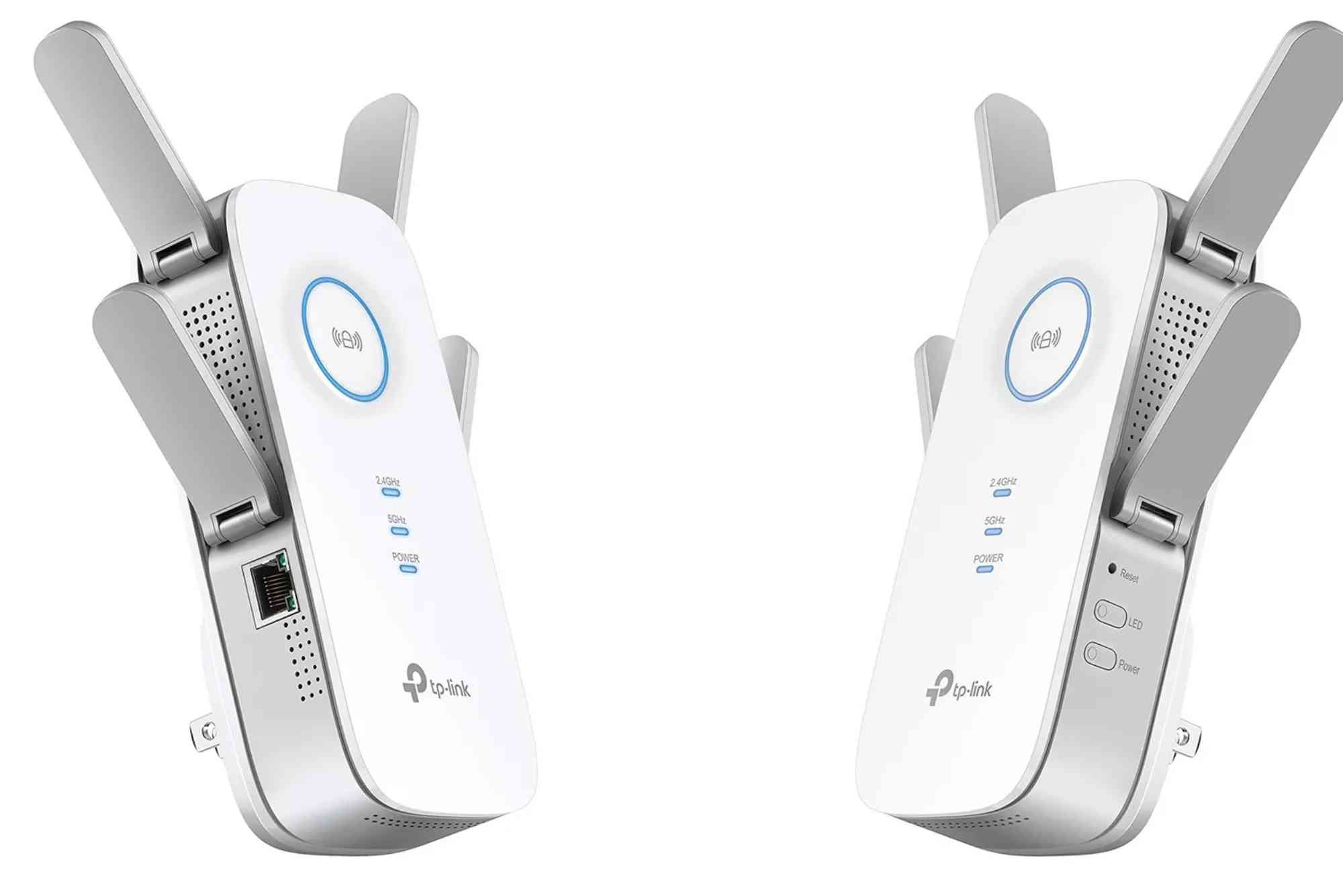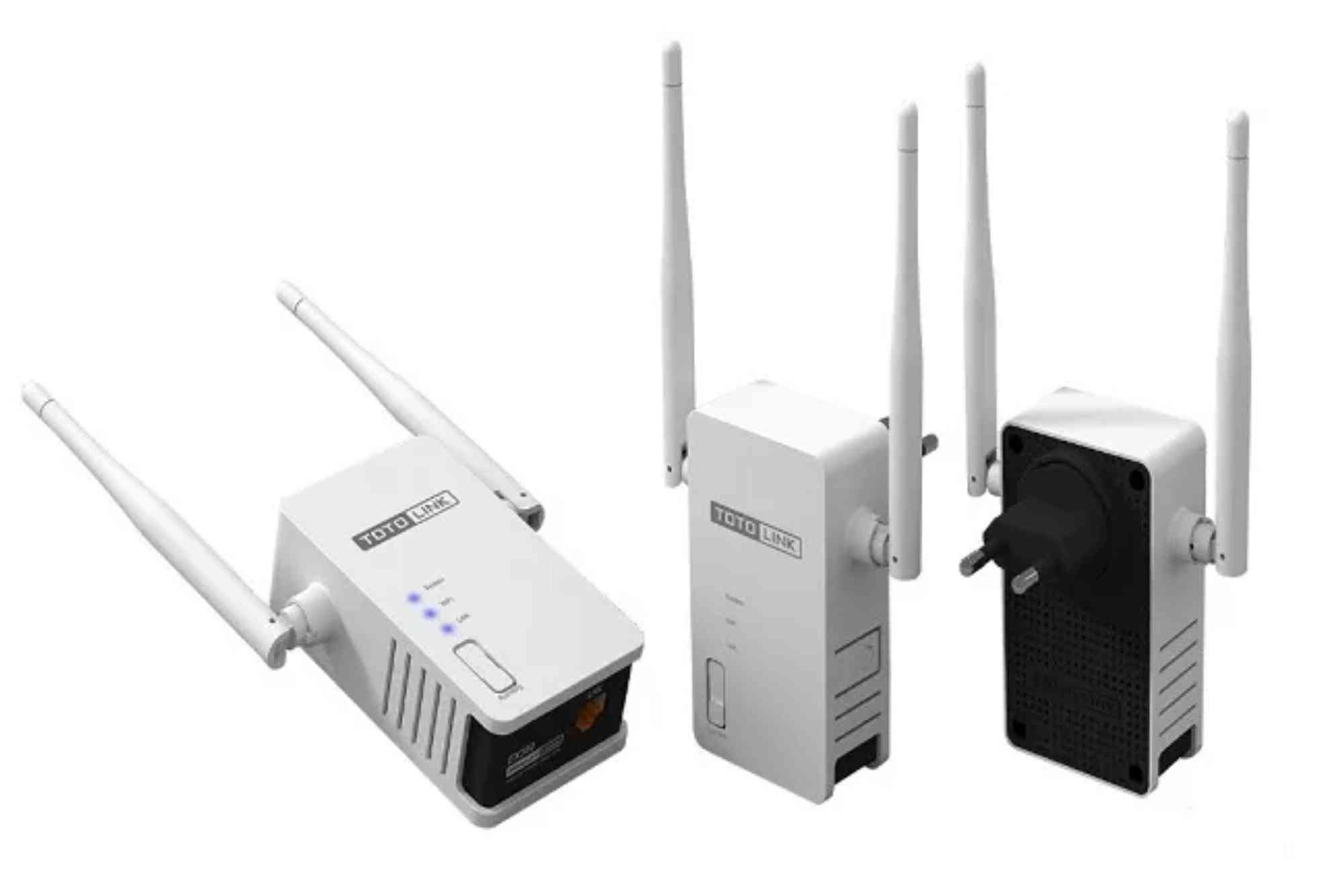Troubleshooting Mesh Wi-Fi That Won’t Connect
When a mesh Wi-Fi network stops working correctly, it can feel frustrating. Many people rely on mesh routers to cover their entire home with strong wireless signals. Yet sometimes, you might face the common issue of mesh Wi-Fi not connecting. This problem can show up as dropped signals, nodes going offline, or devices unable to join the network. Understanding why this happens and how to fix it can save you from unnecessary downtime.
Mesh systems are designed to deliver smooth connectivity by linking multiple access points together. If one node fails, another should step in to provide coverage. But when your mesh Wi-Fi stops connecting, it often points to configuration problems, software issues, interference, or even placement mistakes. The good news is that with the right steps, you can quickly restore your network and avoid future disruptions.
Why Mesh Wi-Fi May Fail to Connect
Several factors can lead to mesh Wi-Fi not connecting. Sometimes, it is as simple as a loose cable or incorrect password entry. At other times, firmware bugs, interference from household electronics, or improper placement of nodes may be the culprit. Understanding the root cause is the first step toward solving the problem effectively.
Router or Node Misplacement
Mesh Wi-Fi relies heavily on proper node placement. If nodes are too far apart or obstructed by thick walls, the connection may drop. This can cause some devices to appear connected but fail to access the internet.
Outdated Firmware
Just like smartphones and computers, mesh routers need regular updates. Outdated firmware may cause nodes to lose communication with the main router. This often results in mesh Wi-Fi not connecting consistently.
Band Interference
Microwaves, Bluetooth devices, cordless phones, or even neighboring Wi-Fi networks can disrupt mesh connections. Such interference can prevent nodes from syncing with each other.
ISP Issues
Sometimes, the issue is not within the mesh system at all. If your internet service provider has downtime or line problems, your mesh network may appear faulty even though it is functioning as expected.
Troubleshooting Steps to Fix Mesh Wi-Fi Not Connecting
Restart Your Mesh System
The first and simplest step is to restart your main router and nodes. Power cycling clears temporary glitches that could be blocking connections. Unplug the router, wait 30 seconds, and plug it back in. Do the same with all mesh nodes.
Verify Internet Connectivity
Before diving deeper, ensure your internet service itself is working. Connect a device directly to the modem with an Ethernet cable. If you cannot access the internet this way, the problem lies with your ISP. Contact them or check with reliable providers like Dhanote Internet Services for more consistent connectivity.
Check Node Placement
Nodes should be placed in open spaces, free from thick walls, metal objects, or heavy appliances. Each node should be within range of another node or the main router. A good rule is to keep them within 30 feet of each other in a clear line of sight.
Update Firmware
Log in to your mesh system’s management app or web portal and check for updates. Manufacturers release patches to fix bugs and improve performance. Installing the latest firmware can often resolve stubborn connection issues.
Reset and Reconfigure Nodes
If some nodes are not connecting, reset them to factory defaults. Then, follow the setup process again to re-add them to the network. This ensures that corrupted configurations are cleared.
Eliminate Interference
If your mesh uses both 2.4GHz and 5GHz bands, try separating them in the app. Place devices that require stability, such as smart TVs or gaming consoles, on 5GHz. For IoT devices that rely on longer range, stick to 2.4GHz. Avoid placing routers near microwaves, cordless phones, or baby monitors.
Secure Passwords and SSIDs
Ensure that your SSID and password are entered correctly across all devices. If you recently changed the network name or password, reconnect all devices manually. Mismatched credentials often lead to mesh Wi-Fi not connecting.
Advanced Fixes for Persistent Issues
Assign Static IP Addresses
Sometimes devices struggle with dynamic IP assignments. Assigning static IPs through your router settings can stabilize connections, especially for printers or smart home devices.
Change Wi-Fi Channels
If your neighbors use the same Wi-Fi channel, interference can increase. Use your router app to scan nearby networks and switch to a less crowded channel.
Use Ethernet Backhaul
Most modern mesh systems support Ethernet backhaul. This means connecting nodes with Ethernet cables for improved stability. If possible, use wired connections between nodes to eliminate wireless interference.
Factory Reset the Entire System
As a last resort, factory reset the entire mesh system. This wipes out all saved settings, giving you a clean slate. Afterward, set up the network from scratch. This step usually fixes deep configuration issues.
Preventing Future Mesh Wi-Fi Problems
To keep your mesh system running smoothly, adopt a few preventive measures. Regularly check for firmware updates, ensure nodes remain in optimal locations, and reduce interference by keeping electronic devices away from routers. Also, periodically restart your system to clear temporary bugs. Investing in a reliable internet service provider reduces the chances of unnecessary downtime. Providers like Dhanote Internet Services are known for dependable connectivity that supports mesh systems effectively.
A mesh system should make home networking simple, but issues sometimes arise. When you face the challenge of mesh Wi-Fi not connecting, the fix often lies in small adjustments such as restarting nodes, updating firmware, or correcting placement. If problems persist, more advanced solutions like Ethernet backhaul or factory resets can restore performance. Preventive care and a dependable ISP also go a long way in maintaining smooth connectivity.
If you continue struggling with unstable Wi-Fi, it may be time to evaluate your internet provider. Choosing a trusted service like Dhanote Internet Services can make a big difference in network reliability. Take action today, optimize your mesh Wi-Fi, and enjoy seamless connectivity across your entire home.
Frequently Asked Questions
Why is my mesh Wi-Fi not connecting to the internet?
This issue may be caused by ISP problems, outdated firmware, or node misplacement. Check your internet connection first before troubleshooting your mesh network.
How do I know if my mesh router is faulty?
If nodes frequently drop connections even after resets, updates, and proper placement, the hardware itself may be defective. Contact the manufacturer for support.
Can mesh Wi-Fi work without internet?
Yes, mesh Wi-Fi can still connect devices locally without internet access. However, you won’t be able to browse online or use cloud services.
Why does my mesh Wi-Fi keep disconnecting?
Frequent disconnections usually result from interference, outdated firmware, or poor placement of nodes. Updating software and repositioning routers can often resolve the problem.
How do I improve mesh Wi-Fi stability?
For better stability, use Ethernet backhaul where possible, keep firmware updated, and place nodes strategically throughout your home.








